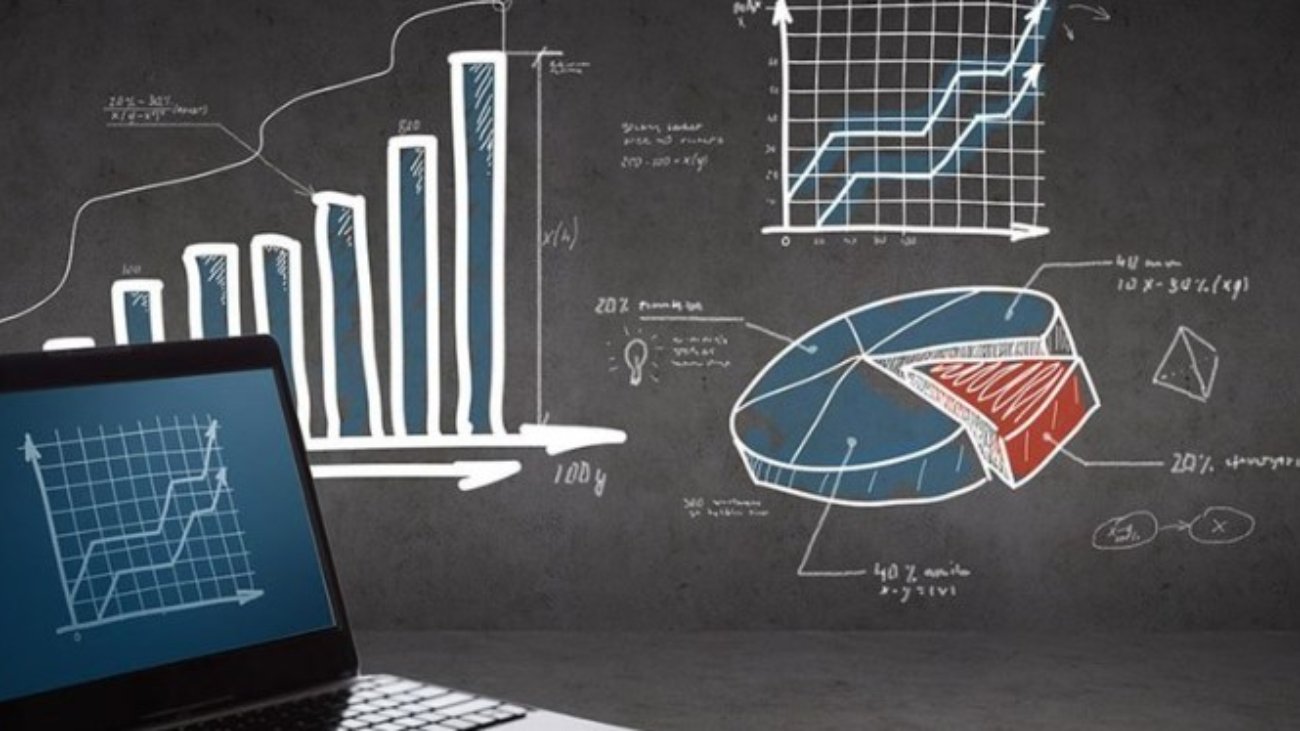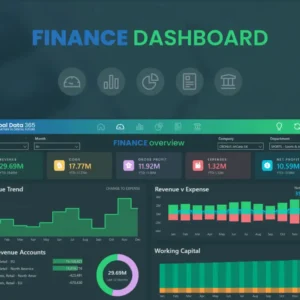In the realm of project management, Power BI has emerged as an indispensable tool, revolutionizing the way professionals handle project cost estimation and budgeting. While Power BI’s capabilities are widely recognized, its potential in streamlining and optimizing cost-related aspects of projects often remains unexplored. In this blog post, we will delve into how Power BI can transform project cost estimation and budgeting, enabling more accurate financial planning and decision-making.
Understanding the Importance of Project Cost Estimation and Budgeting
Project cost estimation and budgeting are critical components of successful project management. Accurate cost estimates ensure that projects are adequately funded, resources are allocated appropriately, and potential risks are mitigated. Effective budgeting ensures that expenditures are tracked, monitored, and controlled throughout the project lifecycle.
Leveraging Power BI’s Data Integration Capabilities
Before diving into cost estimation and budgeting, it’s essential to gather and consolidate project-related data. Power BI excels in data integration, allowing for the seamless merging of diverse datasets. By importing project plans, resource allocation data, historical expenditure records, and vendor quotes into Power BI, professionals can create a comprehensive dataset that serves as the foundation for accurate cost estimation.
Creating Comprehensive Cost Estimation Models
Power BI’s data modeling capabilities empower professionals to create sophisticated cost estimation models. By utilizing data visualization tools such as scatter plots, regression analysis, and trend lines, users can identify relationships between project variables and costs. These models provide insights into how factors like project scope changes, resource allocation, and external dependencies impact overall project expenses.
Dynamic Budgeting and Forecasting with Power BI
One of Power BI’s standout features is its ability to generate real-time budgeting and forecasting dashboards. These dashboards visualize actual expenses against planned budgets, enabling project managers to identify discrepancies and take proactive measures. The ability to adjust budget projections based on changing project circumstances ensures more accurate financial planning and resource allocation.
Identifying Cost Overruns and Deviations
Power BI’s dynamic dashboards offer a real-time view of project expenditures. This functionality is instrumental in identifying cost overruns and deviations from the budget. Project managers can set threshold values for specific cost categories and receive alerts when expenditures exceed predetermined limits, enabling timely corrective actions.
Enhancing Collaboration and Communication
Power BI’s collaborative features facilitate effective communication among project stakeholders. By sharing interactive dashboards, project managers, team members, and executives can collaborate in real-time, discussing cost-related insights, making informed decisions, and aligning their efforts to stay within budget constraints.
Driving Informed Decision-Making
The insights derived from Power BI’s cost estimation and budgeting dashboards serve as invaluable inputs for decision-making. Project managers can make informed choices about resource allocation, scope adjustments, and vendor selections. Additionally, executives can gain a holistic view of project financial health, enabling them to prioritize projects strategically.
Addressing Challenges and Ensuring Accuracy
While Power BI offers powerful capabilities for project cost estimation and budgeting, challenges such as data accuracy, uncertainty, and evolving project scopes must be managed. Close collaboration with domain experts, frequent data updates, and a commitment to data integrity are essential for ensuring accurate and reliable insights.
Conclusion
In the ever-evolving landscape of project management, Power BI emerges as a game-changer for cost estimation and budgeting. By harnessing its capabilities, professionals can navigate the complex terrain of project finances with confidence. The fusion of Power BI’s data integration, visualization, and forecasting features empowers project managers to not only estimate costs accurately but also to proactively manage budgets and drive successful project outcomes. As organizations strive for efficiency and financial prudence, Power BI stands as a steadfast ally in achieving those goals.







